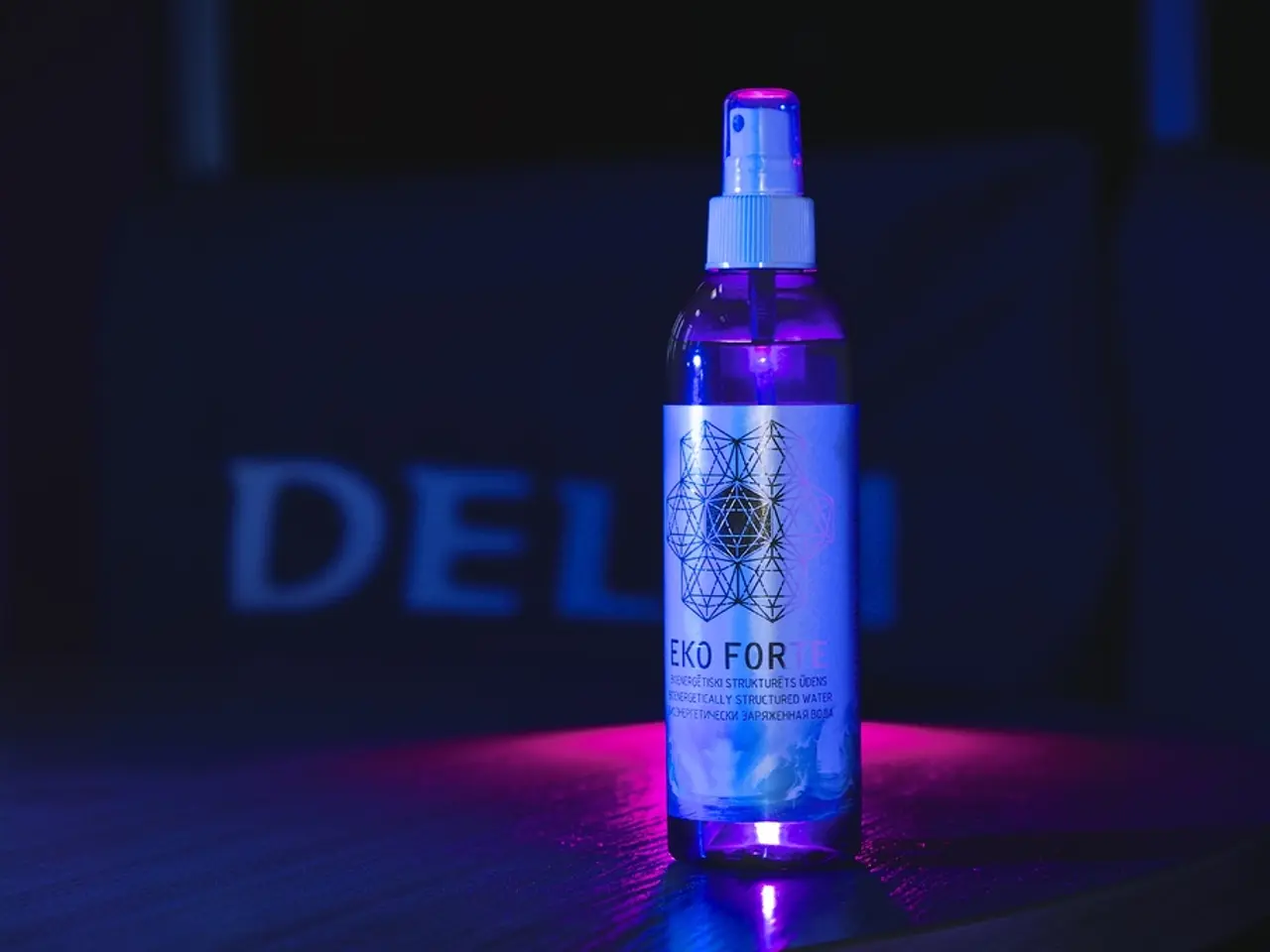Pharmaceutical Analysis: Insights into Voltaren's Function and Acquisition Locations
Voltaren is a popular choice for individuals seeking relief from pain, swelling, tenderness, and stiffness caused by conditions such as osteoarthritis, rheumatoid arthritis, and ankylosing spondylitis. This non-steroidal anti-inflammatory drug (NSAID) comes in various forms, including gel, oral tablets, intravenous solution, and in some countries, as a suppository.
Using Voltaren Gel
The gel form of Voltaren is most often used on joints, particularly those in the knees and hands. To apply the gel effectively, a person should use the clear plastic dosage card provided with the packaging. For the lower extremities, including the foot, ankle, or knee, apply 4g of gel four times daily. However, it's important to note that one should not apply more than 16g to any single joint in one day. For the upper extremities, such as the wrist, hand, or elbow, apply 2g for each area, and around 4g for each knee, ankle, or foot.
After application, it's crucial to avoid bathing or showering for at least an hour, wearing clothing or gloves for at least 10 minutes, and exposure to sunlight. It's also advisable to avoid applying external heat and moisturizing dressings to treated joints, as well as contact with eyes and mucous membranes during application.
Voltaren: More Than Just a Gel
Voltaren is the brand name for diclofenac, an NSAID commonly used to relieve pain and inflammation in conditions involving joints, tendons, and muscles. The gel works by blocking cyclooxygenase (COX)-1 and -2 enzymes in the body, thereby reducing pain, fever, and inflammation.
Common Uses and Side Effects
Common uses for Voltaren gel include the treatment of pain and inflammation in musculoskeletal conditions like osteoarthritis and rheumatoid arthritis, relief of juvenile chronic arthritis symptoms, and management of post-operative pain, especially when oral administration is not feasible.
While Voltaren is effective, it's not without potential side effects. Gastrointestinal issues such as stomach pain, nausea, vomiting, heartburn, and diarrhea are the most frequent side effects. Some patients might also experience local irritation due to the suppository form.
As with all NSAIDs, there are more serious side effects to consider. These can include increased cardiovascular risks and kidney problems, although these are less common with suppository use compared to oral forms. Allergic reactions are also possible, so patients should avoid use if allergic to diclofenac or other components.
Cautions and Precautions
Because diclofenac is an NSAID, it works by inhibiting chemical messengers responsible for pain and inflammation, but it may also pose risks associated with NSAIDs, especially with prolonged use or in certain patient groups. It is important to consult a healthcare provider to assess risks based on individual health conditions.
Additionally, Voltaren gel should not be mixed with other topical products on the skin.
In summary, Voltaren gel is a valuable tool for managing pain and inflammation related to musculoskeletal and joint conditions. However, it's crucial to follow the guidelines for application and be aware of potential side effects to ensure safe and effective use.
- In predictive science, studying the effectiveness of Voltaren in treating chronic conditions like bipolar disorder could offer insights, though it's primarily known for addressing pain and inflammation.
- Individuals with psoriasis or other skin-conditions might find relief in therapies and treatments that exclude NSAIDs like Voltaren, due to potential adverse reactions.
- For those managing chronic diseases like chronic kidney disease or respiratory conditions, it's essential to maintain eye-health and ensure proper nutrition, as these conditions can affect overall health-and-wellness and increase susceptibility to side effects from pain medications like Voltaren.
- Fitness-and-exercise, along with a balanced diet, can help manage migraines and reduce the need for pain medications such as Voltaren.
- In the realm of mental-health, it's crucial to address the underlying causes of pain, as chronic ailments like chronic migraines could exacerbate symptoms of bipolar disorder.
- Skin-care routines should be adapted to accommodate the use of topical analgesics like Voltaren, as mixing them with other skin products could lead to unwanted reactions.
- CBD, an increasingly popular alternative treatment for chronic pain, might offer a safer option for those with a history of cardiovascular issues or kidney problems, avoiding potential risks associated with NSAIDs like Voltaren.
- To complement the use of pain medications like Voltaren, seeking guidance from medical professionals on proper therapies, diet, and fitness strategies can help improve overall well-being and manage chronic conditions more effectively.
- Aq, a cutting-edge research field in science, could potentially uncover more targeted treatments for skin-conditions and other chronic diseases, reducing the need for broad-spectrum medications like Voltaren.
- Regular check-ups with medical professionals can help patients monitor the effects of long-term Voltaren use on their kidneys, eyes, and other medical-conditions, ensuring they remain aware of any potential risks associated with the drug.




